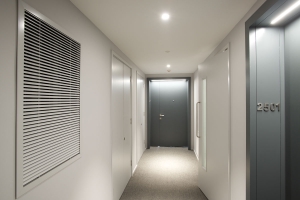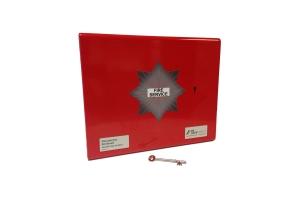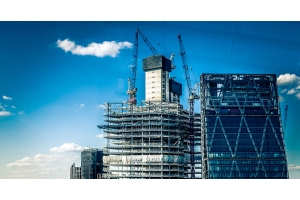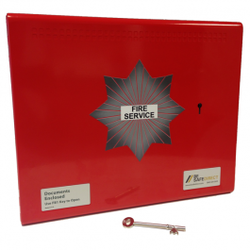Why Choose Mechanical Smoke Ventilation?

Fire safety is a key concern for any project, and a factor which must be considered during the building’s design stage.
While fire itself is a very real threat to the wellbeing of occupants and the property’s structure, you may be surprised to hear that most deaths during a fire are caused by smoke inhalation. Smoke build-up can also restrict visibility, both for escaping residents and the attending fire service, making it crucial to clear corridors and staircases as quickly as possible.
Often, a building’s design will be the deciding factor in selecting the most appropriate form of smoke ventilation, with British Standard (BS) requirements varying depending on the property’s height and the maximum distance that occupants will have to travel in order to reach an exit in the event of fire.
In some cases, the use of natural smoke ventilation systems – which feature automatically opening windows and vents in the event of fire – is the most appropriate solution, and is recognised by Approved Document B Volume 2 as the normal method for removing smoke.
However, mechanical smoke ventilation systems (MSVS) are an alternative (and in some cases superior) solution to natural ventilation. Using powered fans to vent smoke from a building, the system consists of a mechanical shaft which serves the common corridor and/or lobby areas. Once smoke is detected, automatic fire dampers to the smoke shaft on the affected floor will open, as well as the vent at the head of the stairway.
The fan will then engage to extract the smoke while also preventing its movement into nearby areas. Pressure controlled door closers can then depressurise the stair area, allowing fresh air to be pulled through the lobby, preventing the movement of smoke into the stair area, allowing the escape of the building’s occupants.
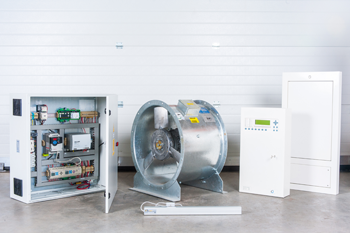
The Benefits of a Mechanical System
Mechanical systems offer a number of benefits. They are more efficient than their natural alternatives as they don’t have to rely on natural airflow, and wind conditions outside the building have little or no effect on their operation.
In residential applications, this is recognised by British Standard 9991:2011, which states that mechanical smoke shaft systems can be used, so long as they offer the same performance as their 1.5m² natural counterparts. Because of the improved efficiency of MSVS, this often allows the use of shafts which are three times smaller than those utilised in natural systems, increasing the amount of space available in the property.
However, the benefits of mechanical smoke ventilation systems extend beyond the smaller area which they take up.
Under Approved Document B of the Building Regulations 2010 (ADB), set ‘travel distances’ are put in place based on a residential apartment building’s occupancy levels and use. Measuring the distance from the furthest apartment to a place of safety in the event of fire, this is an important consideration for ensuring the safety of occupants.
MSVS for Large Open Spaces
For projects which feature large, open plan spaces, or even where a second staircase (usually required under ADB in buildings over 11m tall) will have a negative impact on both the design and budget, MSVS’ superior performance can allow these travel distances to be extended, and in some instances remove the need for the additional staircase, unlocking additional, saleable space within a building to boost potential profits for developers.
While MSVS offer many benefits, there are some factors which need to be weighed up. While the initial costs of mechanical systems are generally higher than natural systems – due to the purchase price of the equipment and its installation – these costs can be reclaimed elsewhere, as the improved performance offered by MSVS can allow other fire protection systems to be omitted, also saving further space within the building.
Maintenance
In terms of ongoing maintenance, both natural and mechanical systems should be checked and serviced at regular intervals in order to ensure that they are operating as efficiently as possible. Finally, as an engineered, rather than code-compliant, solution, the effectiveness of MSVS must also be proved to Building Control on a case-by-case basis, a goal which is easily achieved through the use of Computational Fluid Dynamics (CFD) modelling.
This involves the creation of a virtual model which visualises the movement of smoke and heat through a building in the event of fire, and the effectiveness of the smoke ventilation systems which will be put in place. The data provided by this simulation can then be submitted to the relevant building control body to justify the design.
Although there are extra considerations when using an engineered approach, the advantages that mechanical smoke ventilation systems can bring to some buildings make them the preferred choice. Our team of experts are on hand to offer any advice that you need,
For technical advice or a free quote, email customerservices@besafedirect.com or call 0845 604 5653

